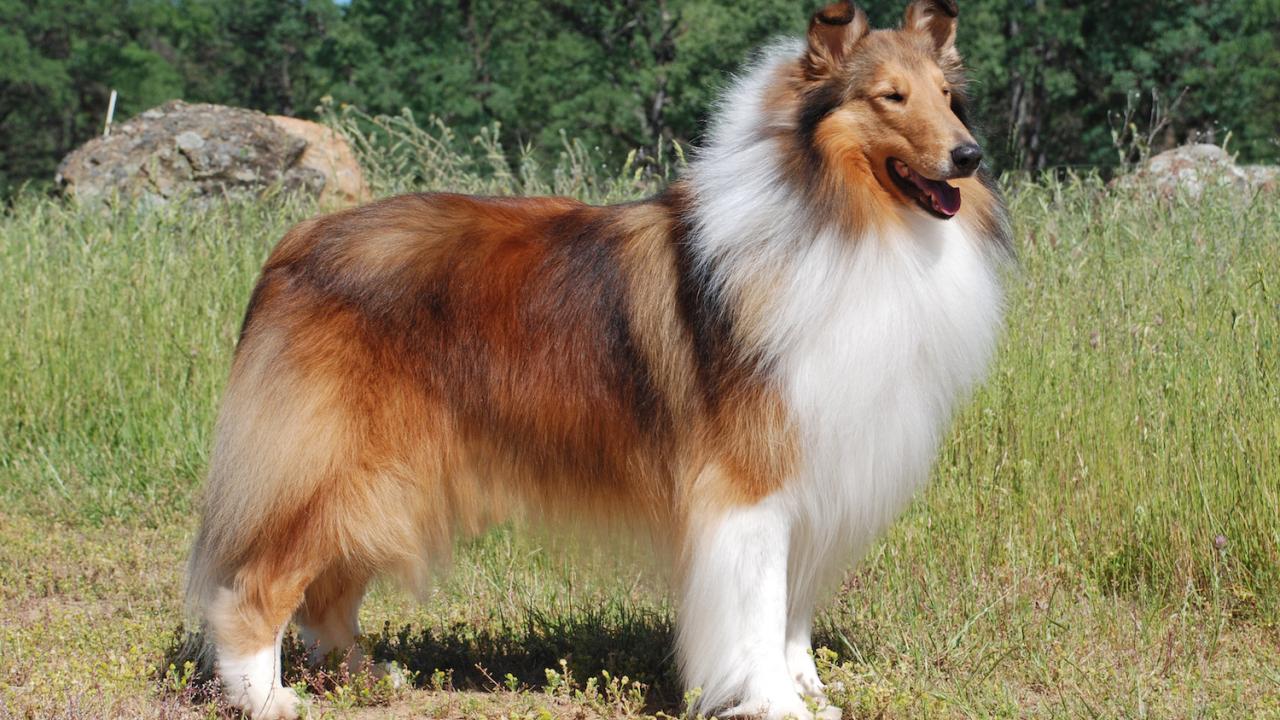
Discoveries

Air Pollution Linked to Alzheimer’s Disease
A multidisciplinary team of UC Davis researchers found a link between traffic-related air pollution and an increased risk for age-related dementia, including Alzheimer’s disease. Their study, published in Environmental Health Perspectives and based on rodent models, corroborates previous epidemiological evidence showing this association.
Researchers set up a rodent vivarium near a traffic tunnel in Northern California so they could mimic, as closely
as possible, what humans might experience from traffic-related air pollution. Male and female rats were divided into two groups – wild type rats and those that express Alzheimer’s disease risk genes that are relevant to humans – and exposed for up to 14 months to either filtered air or polluted air drawn from the tunnel. “We saw that traffic-related air pollution accelerated Alzheimer’s disease characteristics not only in the animals who express the risk gene (which we anticipated) but also in the wild type rats,” said toxicologist and lead author Pamela Lein. “We didn’t anticipate that. The big, exciting discovery is that traffic-related air pollution is a risk factor for late-onset Alzheimer’s disease. This is important because this pollution is everywhere and could explain the increased number of people impacted by Alzheimer’s disease across the world.”
Wildfire Smoke Increases Pregnancy Loss in Primates
Rhesus macaques naturally exposed to wildfire smoke early in pregnancy had an increased rate of miscarriage, according to UC Davis researchers at the California National Primate Research Center. In November 2018, smoke from the Camp Fire about 100 miles away blanketed the Davis area. Air quality exceeded national limits and reached unhealthy levels. The disaster coincided with the peak of breeding season for the center’s colony of rhesus macaques who live in outdoor corrals in large family groups.
Researchers suggested that pregnant women should consider themselves as being a
“sensitive group” for poor air quality, similar to people with asthma or other lung conditions. They recommend minimizing time spent outdoors when the air is unhealthy for sensitive groups, and wearing a mask that can filter fine particles. The work is published online in the journal Reproductive Toxicology.


Indian Wolf Highly Endangered
According to a UC Davis study published in the journal Molecular Ecology, the Indian wolf is one of the world’s most endangered and evolutionarily distinct gray wolf populations. The study (which sequenced their genome for the first time) also indicates that Indian wolves – restricted to lowland India and Pakistan, where their grassland habitat is threatened primarily by human encroachment and land conversion – could represent the most ancient surviving wolf lineage. “Wolves are one of the last remaining large carnivores in Pakistan, and many of India’s large carnivores are endangered,” said lead author Lauren Hennelly, a doctoral student with the school’s Mammalian Ecology Conservation Unit. “I hope that knowing they are so unique and found only there will inspire local people and scientists to learn more about conserving these wolves and grassland habitats.”
Dog Coat Patterns Have Ancient Origin
Dogs come in all shapes and sizes, but variations in color patterns provide some of their most distinctive characteristics. A UC Davis study published in Nature Evolution and Ecology shed light on a subset of these patterns, unexpectedly leading to new questions about long-held tenets of dog evolution.
Co-authored by Professor Danika Bannasch, the school’s Maxine Adler Endowed Chair in Genetics, the study reveals structural variants that control expression of the agouti signaling protein gene at two separate locations to produce five distinctive dog color patterns. These different patterns are widespread, occurring in hundreds of dog breeds and hundreds of millions of dogs around the world.
In a surprising discovery, researchers found that the genetic combination for one of the coat patterns – dominant yellow, or DY – is shared with arctic white wolves and, based on phylogenetic analysis, originated from an extinct canid that diverged from gray wolves more than 2 million years ago.
“While we think about all this variation in coat color among dogs,
some of it happened long before ‘dogs’ were dogs,” Bannasch said. “The genetics turn out to be a lot more interesting because they tell us something about canid evolution.”


Where Coronavirus Variants Emerge, Surges Flow
Genomic surveillance programs have allowed scientists to track the coronavirus over the course of the pandemic. By testing patient samples, researchers are able to diagnose COVID-19. But they’re also able to use genetic changes in the virus to recreate its travel routes and identify the emergence of new viral variants.
Microbiologist Bart Weimer and his graduate student, Darwin Bandoy, presented an explanation of their research for The Conversation, detailing how quickly the coronavirus genome has mutated during the pandemic and how quickly these changes led to new cases and rapid disease spread.
“By connecting genetic change with the appearance of new clusters of disease, our research suggests how genome surveillance can provide a new early warning of what’s to come,” they said. “Daily reports on how the virus is evolving could sound the alarm before case numbers explode.”
Advance warning like this could inform public health decisions about social interventions and prepare people for predicted outbreaks. Their model would also show when highly contagious variants are declining – providing solid evidence to support loosening restrictions to allow a return to normalcy.
